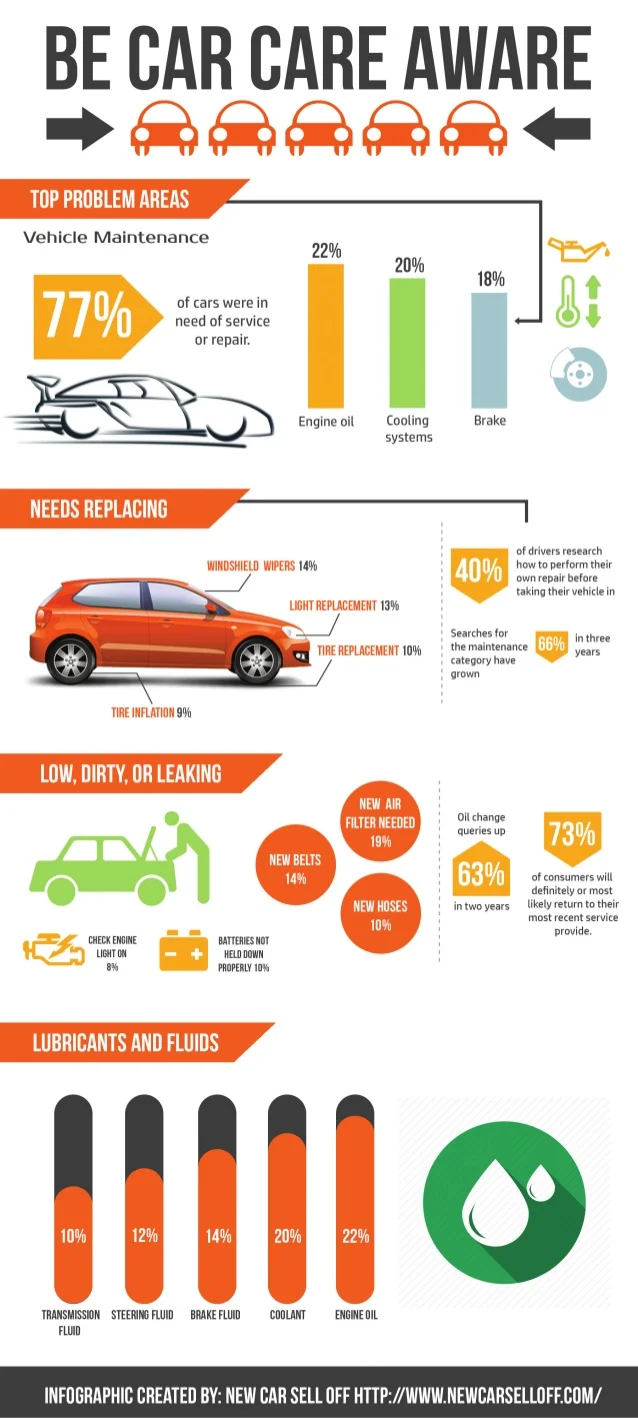Comprehending Your Auto'S Warning Lighting: What Do They Really Mean?
Comprehending Your Auto'S Warning Lighting: What Do They Really Mean?
Blog Article
Authored By-Boye Forbes
When you lag the wheel, those radiant warning lights on your control panel can be a little bit perplexing. Do you know what they're trying to tell you about your car's health and wellness? Understanding the significance of these lights is crucial for your safety and the longevity of your vehicle. So, the following time among those lights appears, would not you want to understand its message precisely and take the essential actions to address it?
Common Caution Lighting and Interpretations
Recognize common caution lights in your car and comprehend their definitions to make certain secure driving.
The most common caution lights include the check engine light, which signals issues with the engine or exhausts system. If this light begins, it's vital to have your vehicle examined promptly.
The oil pressure warning light indicates low oil pressure, calling for immediate interest to avoid engine damage.
A flashing battery light might suggest a damaged billing system, potentially leaving you stranded if not resolved.
The tire pressure tracking system (TPMS) light signals you to low tire stress, impacting automobile security and gas performance. Overlooking this could cause dangerous driving problems.
The abdominal light shows a trouble with the anti-lock braking system, endangering your ability to quit swiftly in emergency situations.
Last but not least, the coolant temperature cautioning light warns of engine getting too hot, which can result in extreme damage if not fixed swiftly.
Understanding these common warning lights will assist you address problems promptly and keep safe driving problems.
Importance of Prompt Attention
Understanding the common caution lights in your auto is only the primary step; the significance of immediately dealing with these warnings can't be highlighted enough to guarantee your safety and security when traveling.
When a caution light brightens on your dashboard, it's your vehicle's means of interacting a prospective problem that requires attention. Ignoring these cautions can bring about more severe troubles in the future, jeopardizing your safety and security and possibly costing you much more out of commission.
Prompt focus to advising lights can stop break downs and crashes. As an example, a blinking check engine light might suggest a misfire that, if left neglected, can create damage to the catalytic converter. Resolving this quickly can conserve you from a costly fixing.
In a similar way, a brake system warning light may signal low brake liquid or worn brake pads, important parts for your safety when driving.
Do It Yourself Troubleshooting Tips
If you observe a caution light on your control panel, there are a couple of do it yourself troubleshooting tips you can try prior to seeking professional help.
The initial step is to consult your vehicle's manual to understand what the particular caution light shows. Often the issue can be as basic as a loosened gas cap setting off the check engine light. Tightening up https://www.prnewswire.com/news-releases/next-insurance-now-covers-auto-services--repair-industry-as-company-continues-to-expand-support-for-small-businesses-301473579.html might deal with the issue.
One more typical problem is a low battery, which can activate various warning lights. Inspecting the battery connections for rust and guaranteeing they're secure may take care of the trouble.
If a warning light lingers, you can try resetting it by separating the vehicle's battery for a few minutes and afterwards reconnecting it. In addition, inspecting your automobile's liquid levels, such as oil, coolant, and brake fluid, can assist repair advising lights connected to these systems.
Verdict
In conclusion, understanding your automobile's caution lights is vital for keeping your vehicle running smoothly and safely. By promptly dealing with these alerts and recognizing what they mean, you can avoid expensive fixings and potential failures.
Bear in mind to consult your auto's manual for specific details on each advising light and do something about it accordingly to guarantee a trouble-free driving experience.
Remain educated, stay safe when driving!
